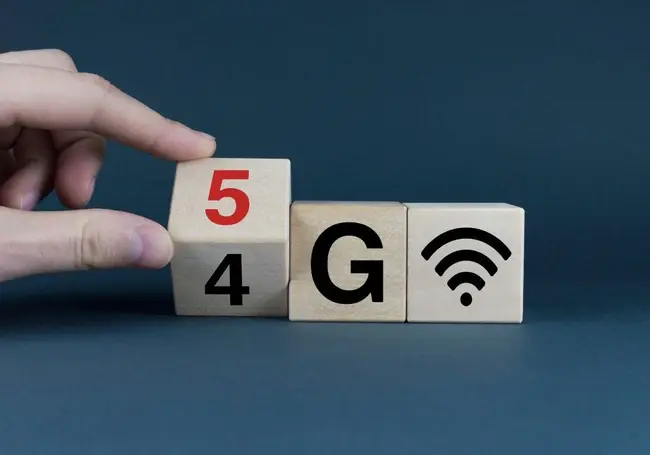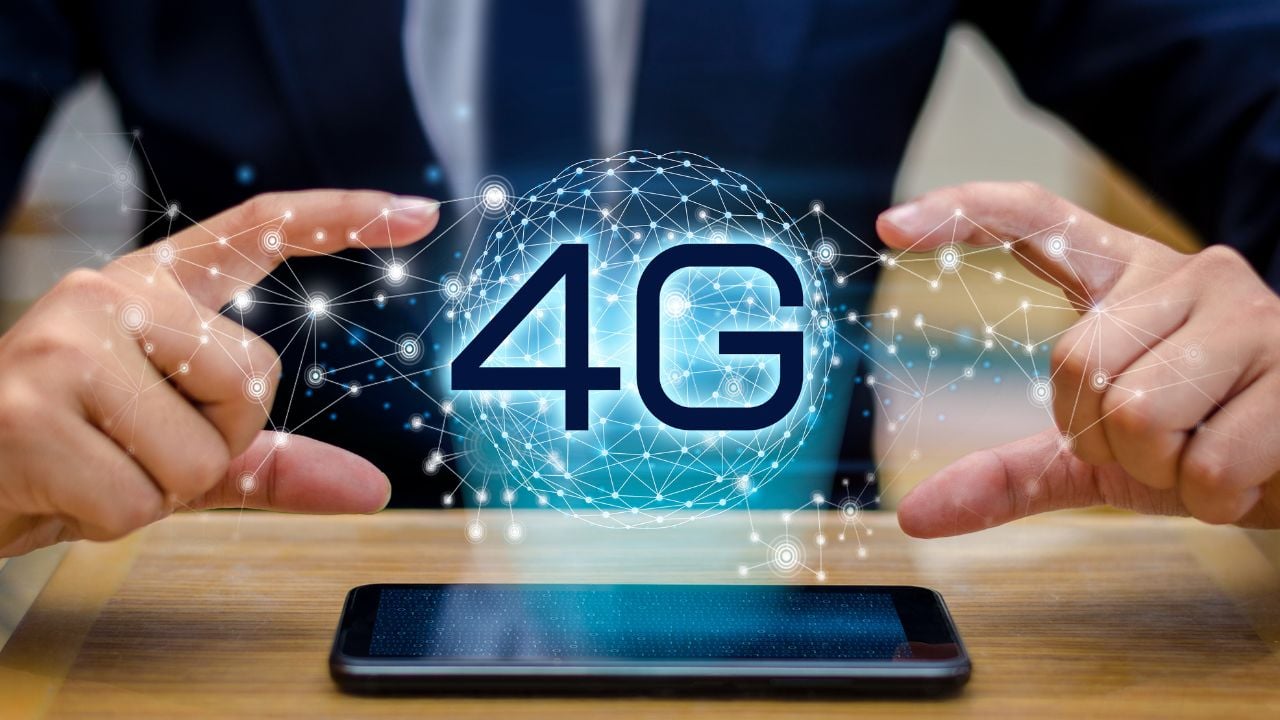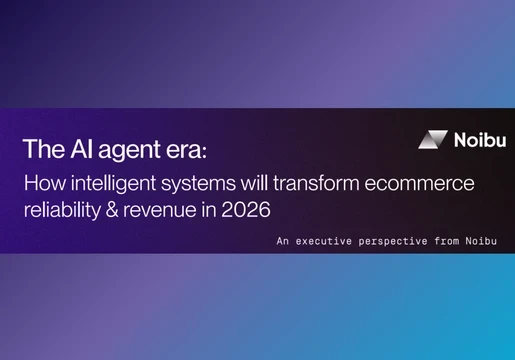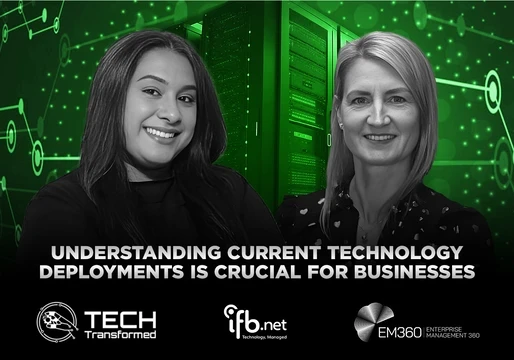In today's fast-paced digital world, staying connected is not just a convenience – it's a necessity. Mobile networks have evolved drastically in recent years, with each new generation promising faster speeds, lower latency, and enhanced security.
Today, 4G and 5G are the two most common network generations in use globally. But, while these networks continue to co-exist, there are a number of key differences between them that determine how you connect to the internet.
In this article, we’re delving deep into the key differences between 5G and 4G, helping you understand how the evolution of mobile networks impacts your connectivity.

5G vs 4G: An Overview
Before we explore what’s the difference between 5G and 4G, it’s important to have a solid grasp of the history and key features of both generations.
4G

4G, which stands for "fourth generation," is the fourth iteration of mobile network technology. It was introduced to the world around 2009 and marked a significant advancement from its predecessor, 3G, offering faster download speeds, lower latency, and increased security.
4G brought about a revolution in mobile technology. It enabled seamless video streaming, faster downloads, and improved online gaming experiences. It also laid the foundation for the app-driven mobile ecosystem, giving rise to the popularity of smartphones and mobile apps.
4G networks offer considerably faster data transfer speeds compared to 3G. With theoretical peak download speeds of up to 100 Mbps, it enabled smoother video streaming, faster downloads, and improved online gaming experience. 4G also greatly reduced latency, and made it easier to connect multiple devices to the internet simultaneously, leading to the rise of the Internet of Things (IoT).
5G

5G, short for "fifth generation," represents the latest and most advanced generation of mobile network technology. It was officially launched in 2019 and is set to revolutionise how we connect and communicate once fully rolled out.
5G networks promise peak download speeds of up to 20 Gbps, which is a hundred times faster than 4G. This incredible speed will enable instantaneous downloads of high-definition content and open up opportunities for new applications like augmented reality (AR) and virtual reality (VR). 5G networks also boast ultra-low latency – with delays as low as 1 millisecond – and can support a vast number of connected devices per square kilometre, making it ideal for smart cities and the Internet of Things (IoT).
5G vs. 4G: What's the difference?
Now that we have a basic understanding of both 4G and 5G let's dive deeper into their differences and explore how these distinctions can impact various aspects of our lives.
Speed
One of the most notable differences between 4G and 5G is speed. As mentioned earlier, 4G offers impressive speeds, with peak download speeds of up to 100 Mbps. This allows for smooth video streaming and quick downloads. However, it may struggle to keep up with the demands of emerging technologies and applications.
5G takes speed to a whole new level. With peak download speeds of up to 20 Gbps, it has the potential to revolutionize the way we consume and interact with digital content. Streaming 4K or even 8K videos will be seamless, and large files can be downloaded in seconds.
Latency
4G reduced latency compared to its predecessors, with typical latencies ranging from 30 milliseconds to 50 milliseconds. While this suits most applications, it may not be sufficient for real-time tasks like remote surgery or autonomous vehicle communication.
5G is designed with ultra-low latency in mind. With latency as low as 1 millisecond, it enables real-time applications that were previously impossible with 4G. This includes remote surgery, augmented reality gaming, and autonomous vehicles communicating with each other and traffic infrastructure.
Coverage
4G networks have relatively widespread coverage, including urban, suburban, and rural areas. However, some remote and rural regions may still experience connectivity issues.
While 5G networks are rapidly expanding, their coverage is not as widespread as 4G, especially in rural and remote areas. The deployment of 5G infrastructure requires significant investment, and it will take time to achieve comprehensive coverage.
Use cases
4G has been the backbone of mobile connectivity for the past decade. It is well-suited for applications like streaming media, web browsing, and general communication. It has also played a crucial role in the growth of mobile apps and the initial development of IoT devices.
While it may not be as widespread as 4G, 5G opens up a world of possibilities for connectivity. Its ultra-fast speeds and low latency make it ideal for applications such as augmented reality (AR), virtual reality (VR), telemedicine, autonomous vehicles, and smart cities. 5G will be instrumental in shaping the future of technology and innovation.
Device compatibility
The majority of smartphones and other mobile devices in recent years are 4G-compatible. However, as 5G networks expand, older devices may become less relevant, and consumers will need to upgrade to take full advantage of 5G speeds.
Newer smartphones are being designed with 5G compatibility, and many flagship models already support 5G connectivity. As 5G becomes more prevalent, it will become the standard for mobile devices.
Energy efficiency
4G networks are relatively energy-efficient compared to older generations like 3G. However, they are not as energy-efficient as 5G.
5G infrastructure is designed to be highly energy-efficient, which is crucial for reducing the environmental impact of telecommunications. This efficiency is achieved through various technologies, including network virtualization and smarter sleep modes for connected devices.
Security
4G introduced more robust security features compared to previous generations. It offers encryption and authentication mechanisms to protect user data during transmission.
5G continues to prioritise security, with advanced encryption protocols and enhanced authentication methods. As it evolves, it will likely incorporate even more sophisticated security measures to protect against emerging threats.
5G vs 4G: What’s better?
Compared to 4G, 5G represents a massive leap forward in mobile network technology. With its blazing-fast speeds, ultra-low latency, and massive connectivity, it has the potential to transform industries, enable new applications, and reshape the way we live and work.
However, it’s important to note that 4G still plays a crucial role in providing reliable mobile connectivity to millions of people worldwide. It's not going away anytime soon and will continue to serve as the foundation for mobile communication, especially in areas where 5G coverage is not yet available.
Ultimately, the choice between 5G and 4G will depend on your location, specific needs, and the devices you use. As 5G networks continue to expand and mature, it will become the go-to choice for those seeking the fastest and most advanced mobile connectivity.
For now, however, both technologies continue to co-exist, together ensuring that people everywhere can stay connected in an increasingly digital world.







Comments ( 0 )